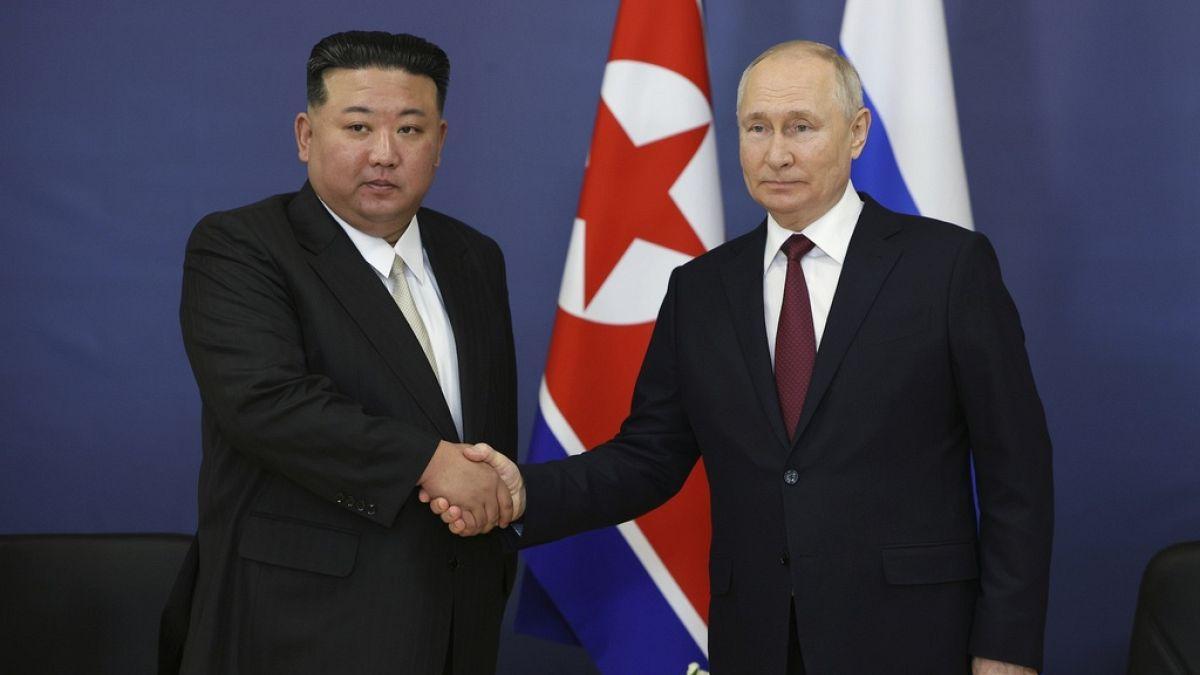The testing phase for a new version of the T-14 Armata tank is nearing completion at the 38th Research Institute of the Russian Ministry of Defense. As of December 2023, Rostec Corporation has made significant progress on this enhanced T-14, according to Sergey Chemezov, Rostec’s head. Chemezov highlighted the tank's advanced capabilities and potential.
Chemezov noted that the final adjustments are being made, which will soon make the T-14 more formidable. The latest T-14, built on the "Armata" platform, features advanced Russian-made electronic systems and a new fire control system. However, detailed specifications of these upgrades remain undisclosed.
Reports from the defense industry reveal that the new T-14 model replaces the 125-mm 2A82-1M gun with an improved 152-mm smoothbore 2A83-1A gun. This gun, featuring a chrome barrel, was originally developed in the '90s for the T-95, also known as “Object 195.” The project was halted in 2009 due to outdated Soviet-era technologies and excess weight.
Following this, the Ural Design Bureau for Transport Machine Building (UKBTM) initiated the “Combat System of the Future Armata” project, leading to the development of the T-14. This tank incorporates an uninhabited combat module and an isolated armored crew capsule. Various versions were created, including export models and one with a 152-mm gun.
In 2015, efforts began to develop a robotic version of the T-14 tank with a 125-mm main gun. Rostec started testing prototypes of this unmanned T-14 in April 2020. However, updates on the unmanned version have been scarce, especially since 2022, due to the ongoing conflict in Ukraine and increased production of T-90M tanks.
Testing of the experimental T-14 with a 152 mm gun started in February 2016. This version, intended for specialized combat missions, remains in the testing phase despite expectations of earlier deployment. There have been speculations about the project's suspension to focus on a version with a 125 mm barrel, but recent updates confirm ongoing development.
A military expert indicated that this experimental tank, built on the "Armata" platform, is demonstrating unique and versatile capabilities in tests. It features a hull nearly identical to the basic T-14 Armata tank, armed with a 152-mm gun, and includes updates for stealth and enhanced protection.
The 152-mm gun significantly increases firepower, allowing the tank to fire modern long-range ammunition, including high-explosive and thermobaric projectiles. This new ammunition led to modifications in the automatic loading system and ammunition rack placement.
The T-14 can carry 40 shells for the 152-mm version, with 24 in the autoloader. In comparison, the standard T-14 with a 125-mm gun carries 45 shells, 32 in the autoloader. The new 152 mm caliber BOPS projectile, made from heavy materials like depleted uranium, has an effective range of about 5 km.
The tank can also use advanced Krasnopol artillery projectiles and anti-tank guided missiles from the 9M133FM family, with a range of up to 10 km. This versatility allows the T-14 to function as a short-range air defense system as well.
Despite the increased firepower, the 152-mm barrel has a shorter lifespan compared to the 125-mm barrel, and the vehicle’s weight has increased, potentially affecting mobility. However, the T-14’s design allows for easy switching between different gun calibers without altering the turret ring system.
Production of the T-14 has moved to UVZ’s main tank assembly workshop No. 130 in Nizhny Tagil, where new advanced machinery has been installed. Mass production of the new T-14 tank is expected to start this year, along with development of the T-15 infantry fighting vehicle and the T-16 armored repair vehicle, as stated by military expert Viktor Murakhovski.






:quality(70)/cloudfront-us-east-1.images.arcpublishing.com/archetype/KVVVGQQ7CFG2BKPXLI5KDKXTHM.jpg)
:quality(70)/cloudfront-us-east-1.images.arcpublishing.com/archetype/DPJCOA66KBGKXIU46AVS6Y5XTU.jpg)